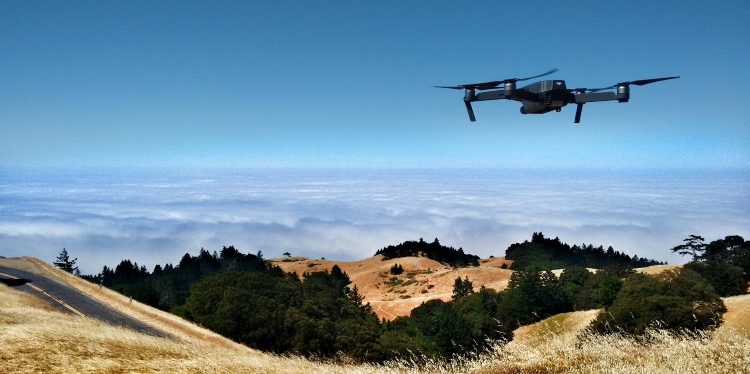In the dynamic realm of warfare, technology stands as the driving force behind unprecedented changes, reshaping military strategies and tactics. Among the myriad of technological advancements, the emergence of drones has particularly revolutionised the conduct of military operations, marking a paradigm shift in aerial reconnaissance and combat capabilities.
Drones: Redefining Aerial Warfare
In the realm of modern warfare, military drones have emerged as a game-changing technology, revolutionising aerial reconnaissance, precision strikes, and the very dynamics of combat operations. Often deployed for missions ranging from surveillance and reconnaissance to delivering precise strikes against high-value targets, military drones have not only transformed the nature of aerial warfare but have also prompted the development of sophisticated countermeasures to mitigate their potential threats.
Drones have redefined the landscape of aerial warfare by offering enhanced capabilities. Equipped with advanced sensors and surveillance technologies, drones provide real-time intelligence gathering without risking human lives. This invaluable situational awareness allows military commanders to make informed decisions on the battlefield, minimising risk and maximising operational effectiveness.
Moreover, the utilisation of precision-guided munitions enables drones to execute targeted strikes with unparalleled accuracy, effectively neutralising high-value enemy targets while minimising collateral damage and civilian casualties.
However, the widespread availability of tactical drone technology has also posed challenges, with even non-state actors leveraging drones for strategic purposes. This necessitates the development of robust countermeasures to mitigate potential threats posed by hostile drones.
Military forces worldwide are investing in anti-drone technologies, including jamming systems, net guns, kinetic weapons, and electronic warfare measures, to disrupt hostile drones’ communication and navigation systems.
Logistics and Supply Chain Optimisation
Advancements in digitisation and automation have revolutionised logistical processes within the military. These technologies optimise resource allocation, streamline supply chains, and enhance operational efficiency. Predictive analytics and machine learning algorithms are utilised to forecast maintenance requirements, anticipate equipment failures, and enhance the readiness of military assets. By reducing downtime and maintenance costs, these predictive maintenance techniques ensure that military forces are always prepared for operational deployment.
Command and Control Systems: Real-Time Coordination and Decision-Making
Integrated command, control, communications, computers, intelligence, surveillance, and reconnaissance (C4ISR) systems play a crucial role in enabling real-time coordination, information sharing, and decision-making across diverse military units.
These networking technologies provide military commanders with enhanced situational awareness and decision support capabilities. Consequently, commanders can respond rapidly to evolving threats and contingencies, ensuring mission success and operational superiority on the battlefield.
Conclusion
The ongoing technological revolution has fundamentally transformed military operations, ushering in an era characterised by precision, efficiency, and adaptability. From the utilisation of drones for reconnaissance and precision strikes to the integration of artificial intelligence and advanced networking technologies, the modern military operates on the forefront of technological innovation. However, as technology continues to advance, military forces must remain vigilant and forward-thinking to effectively navigate the challenges and opportunities of the digital age.
By embracing emerging technologies and developing adaptive strategies, military organisations can maintain their competitive edge and ensure success in an increasingly complex and dynamic global security environment.
David Prior
David Prior is the editor of Today News, responsible for the overall editorial strategy. He is an NCTJ-qualified journalist with over 20 years’ experience, and is also editor of the award-winning hyperlocal news title Altrincham Today. His LinkedIn profile is here.











































































